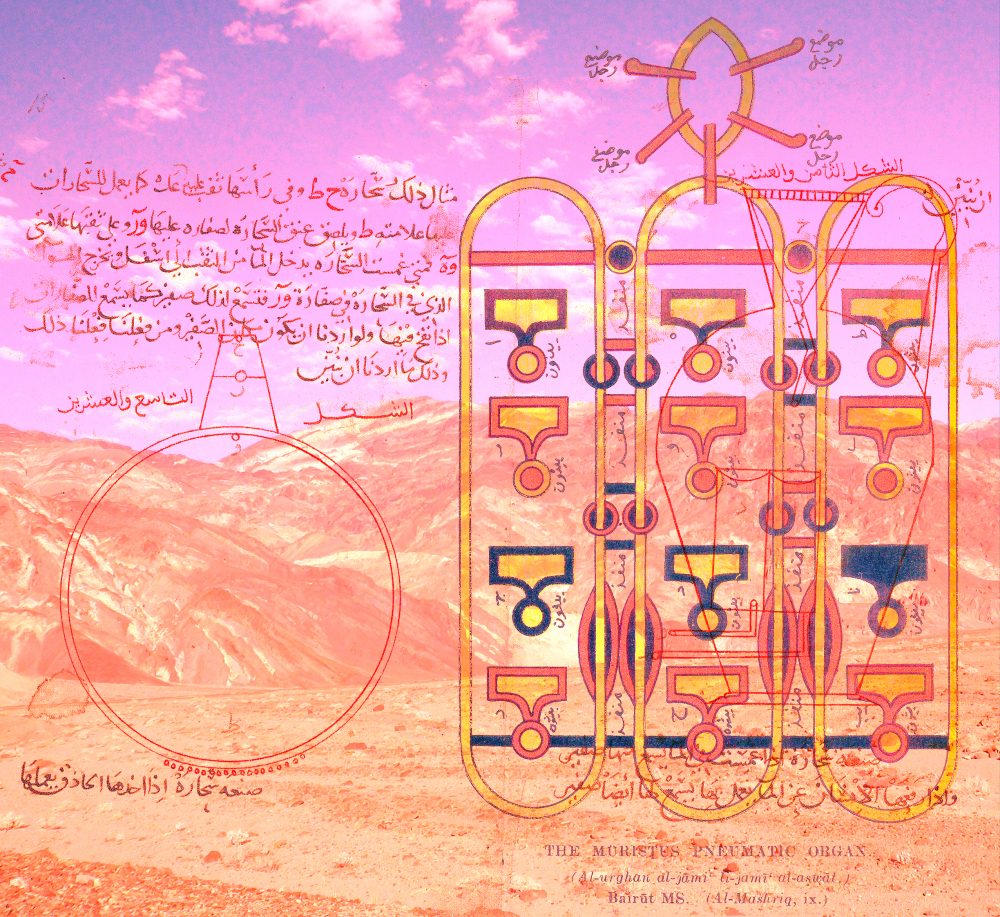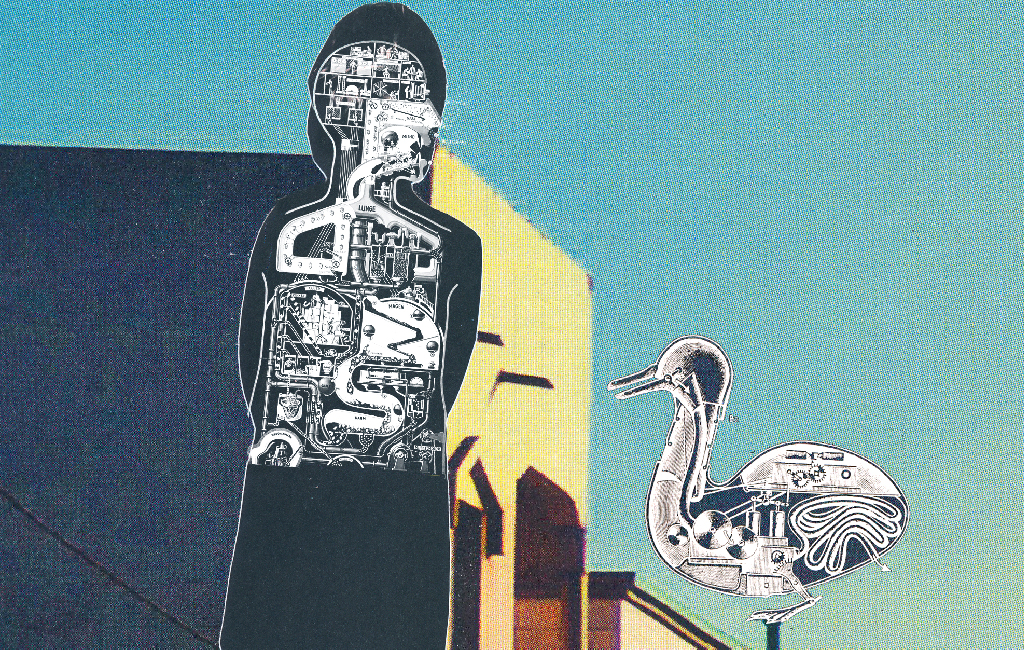
Orginal published 2020 in German by gamut inc on behalf of the Mannheimer Sommer at the Nationaltheater Mannheim: nationaltheater-mannheim.de – Collages by Marion Wörle
PYTHAGORAS IN THE BLACKSMITH SHOP
It all began with a chance encounter: After he’d randomly overheard the sounds of different hammers coming from a blacksmith’s workshop, Pythagoras wanted to find out more, and so he decided to do his own experiments. He soon discovered that simultaneous hammer blows produce harmonious sound frequencies if the tools’ weights are in integer ratios to each other. He transferred this observation to the strings of a monochord, thus creating the first mathematical representations of musical harmonies. He then went on by transferring the intervals he’d discovered – octave, fifth, and fourth – to the movements of celestial bodies. In a theory known as Harmony of the Spheres, he proposed that the sun, moon, and planets all emit their own unique sounds based on orbital movement, and that the sound of the universe is the combination of said frequencies. Unfortunately, and unlike what Pythagoras claimed, we cannot hear this celestial chord. That’s probably because it’s always there: a permanent background noise we could only ever be aware of if it stopped and suddenly became silent.
Now, the fact that the frequency of vibration is not at all proportional to the weight of a hammer, and that accordingly, this whole tale simply couldn’t be true, says a lot about the closely interconnected history of music and mechanics: Science and myth overlap in this poetic realm, so that ultimately, the entire universe appears to be a giant machine. Well, at the very least we learn this: music was apparently invented in a workshop.
MACHINES OF ENLIGHTENMENT
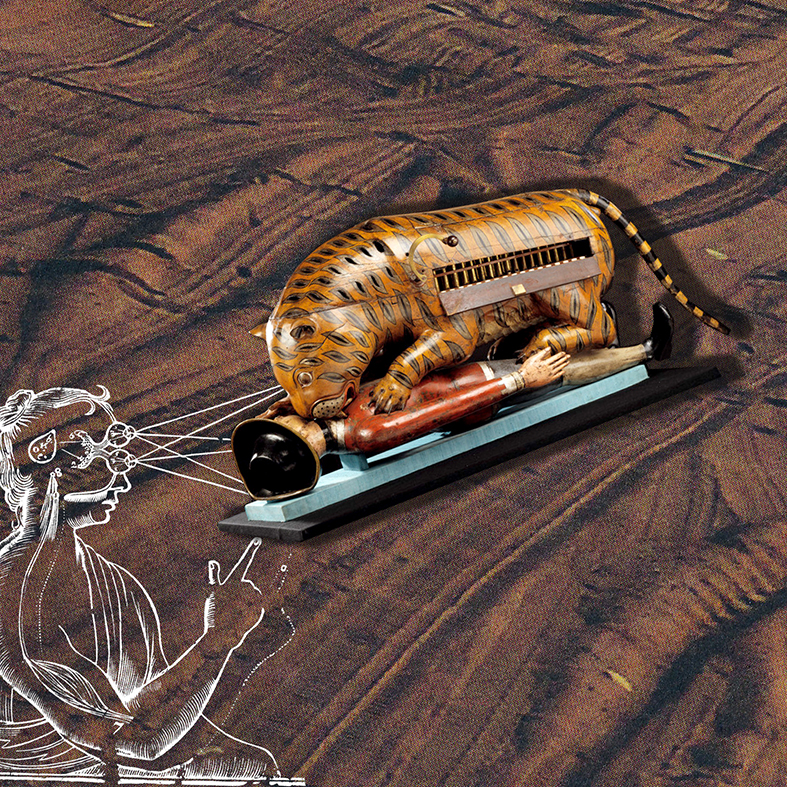
Our journey into the world of (music) machines began in Gerhard Kern’s workshop, when the instrument builder & music mechanic first presented us his self-playing organ and percussion instruments in 2009. His enthusiasm was so infectious, so boundless, we just had to collaborate. Eventually forming gamut inc., we’ve been developing musical robots since 2012: computer-controlled, acoustic sound machines. Over the last decade, it’s been endlessly fascinating to work at the intersection of electronic and acoustic music, because these devices offer new exciting possibilities for and perspectives on instrumental music – by making the otherwise hidden production process behind electronic music visible.
If the virosphere hadn’t shaken up the entire technosphere and biosphere considerably, we would have juxtaposed our own machine creations with ancient contraptions and apparatuses taken from the German Museum of Mechanical Musical Instruments in the Bruchsal Baroque Palace and the “Technik Museum Speyer” for a special exhibition entitled “Machines of Enlightenment”. Some of these older instruments had the most magnificent, mellifluous sounding names such as “Polyphon-Standgerät” (roughly: polyphone pedestal contraption) or “Raffin Konzertorgel” (Raffin show organ). Another one went by the name “Seybold Orchestrion” – and of course there was “Sinfonie Jazz”…
THE GOLDEN AGE
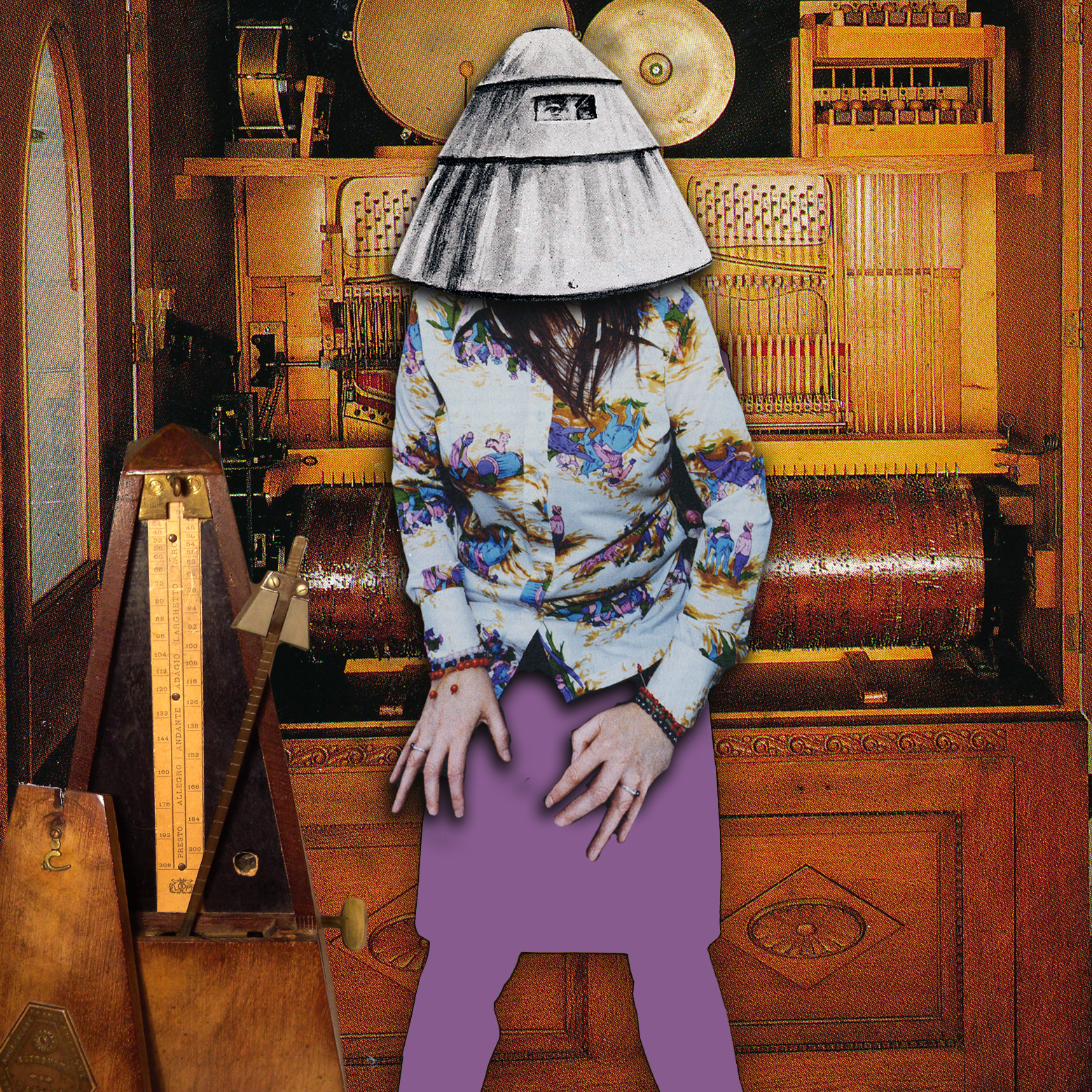
The majority of these machines was developed around the end of the 19th century and in the early days of the 20th century. Music was a huge part of the booming entertainment industry, and the gramophones simply weren’t loud enough anymore. Accordingly, ballrooms were buzzing with the sounds of pianolas, orchestrions, and even barrel organs, as folks were dancing to the rhythms of the waltz, the foxtrot, and the galop. In movie theaters, machines controlled by music rolls played soundtracks to silent films. Taking the player piano to the next level, the “Welte-Mignon piano” couldn’t just play pre-programmed music, but also record piano pieces and make it sound fairly authentic. Some of the biggest organist-composers of the era wrote special pieces for the “Welte Philharmonic-Organ” – a complex, self-playing organ widely considered the pinnacle of automatic music creation. In fact, a “Welte Philharmonic-Organ” was supposed to be installed on the “Britannic,” a fleet mate of the “Titanic” that sank during the First World War. Today, the instrument is on display in the Museum of Music Automatons in Seewen, Switzerland. During the first years of the 20th century, the production of music automatons was a huge, thriving industry. Leipzig-based Ludwig Hupfeld AG had about 1,500 employees in the 1920s. In the US, there was a point when the number of pianolas sold was actually higher than the number of pianos sold. However, the advent of electrical amplification just before the stock market crash of 1929 set an end to the golden era of music machines. By 1932, the entire industry was virtually wiped out. A niche product ever since, self-playing pianos have been collector’s items for the largest part of the last 100 years.
TO THE BEAT OF THE MACHINE
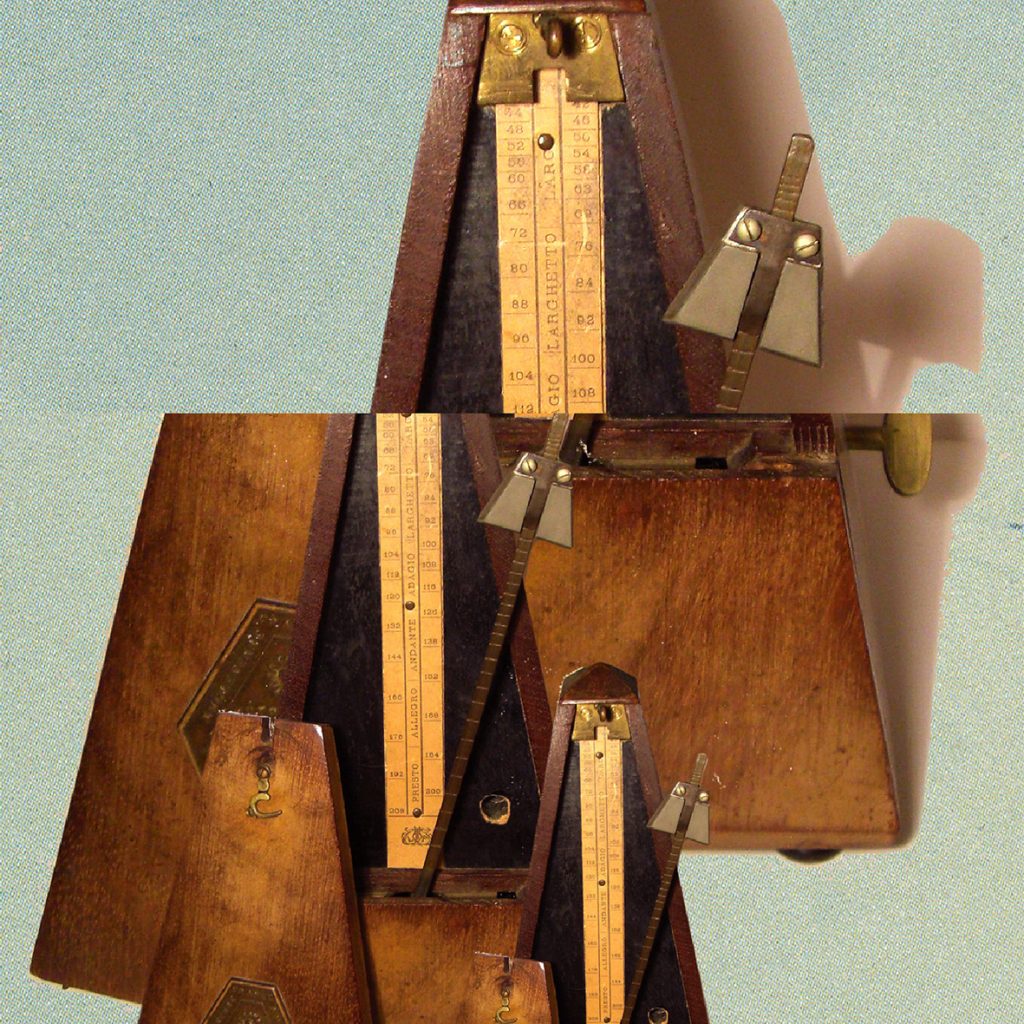
Other machines have defied obsolescence: The metronome, for example, still ubiquitous, has been around since the 19th century. It was not until its invention by Johann Nepomuk Mälzel that composers were able to authoritatively specify musical tempos. While the steam engine fueled industrialization, “music machine engineers” like Mälzel came up with orchestrions, music boxes, and later mechanical musical instruments controlled by punched cards and punched plates for everyone, which were sold by the hundreds of thousands.
AGE OF ENLIGHTENMENT
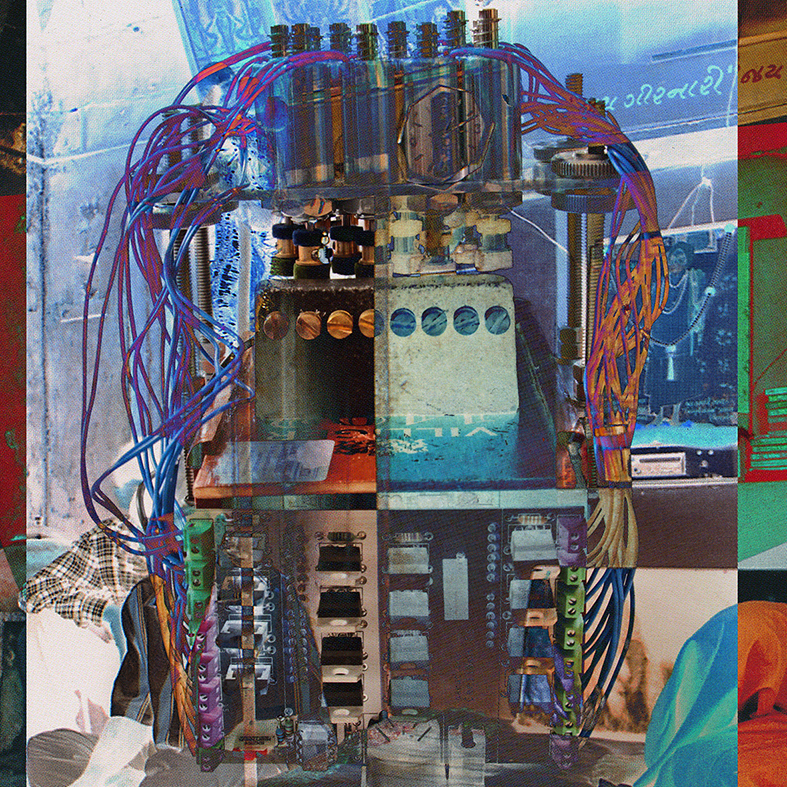
It was a Golden Age of music machines, preceded by various philosophical and mechanical innovations during the Enlightenment. Firm believers in the sovereignty of reason, its proponents were convinced that human beings, animals, and the entire world essentially functioned like machines. Famous French inventor Jacques de Vaucanson consulted various doctors and surgeons to accomplish his dream of creating a fully operational artificial human being. In addition to his masterpiece “The Digesting Duck” – a mechanical duck built from roughly 1,000 different parts, complete with a functioning digestive tract – he also built a mechanical “Flute Player” in 1737. Controlled by a mechanical pin roller, the life-sized automaton had a repertoire of 12 songs. Apart from its ability to rotate, a worm gear allowed it to perform additional movements to the sides. Here, reason and logic, two key concepts of the Enlightenment, find their embodiment in the gearwheel, and the imitation of life by automata ultimately reflects the mechanical worldview.
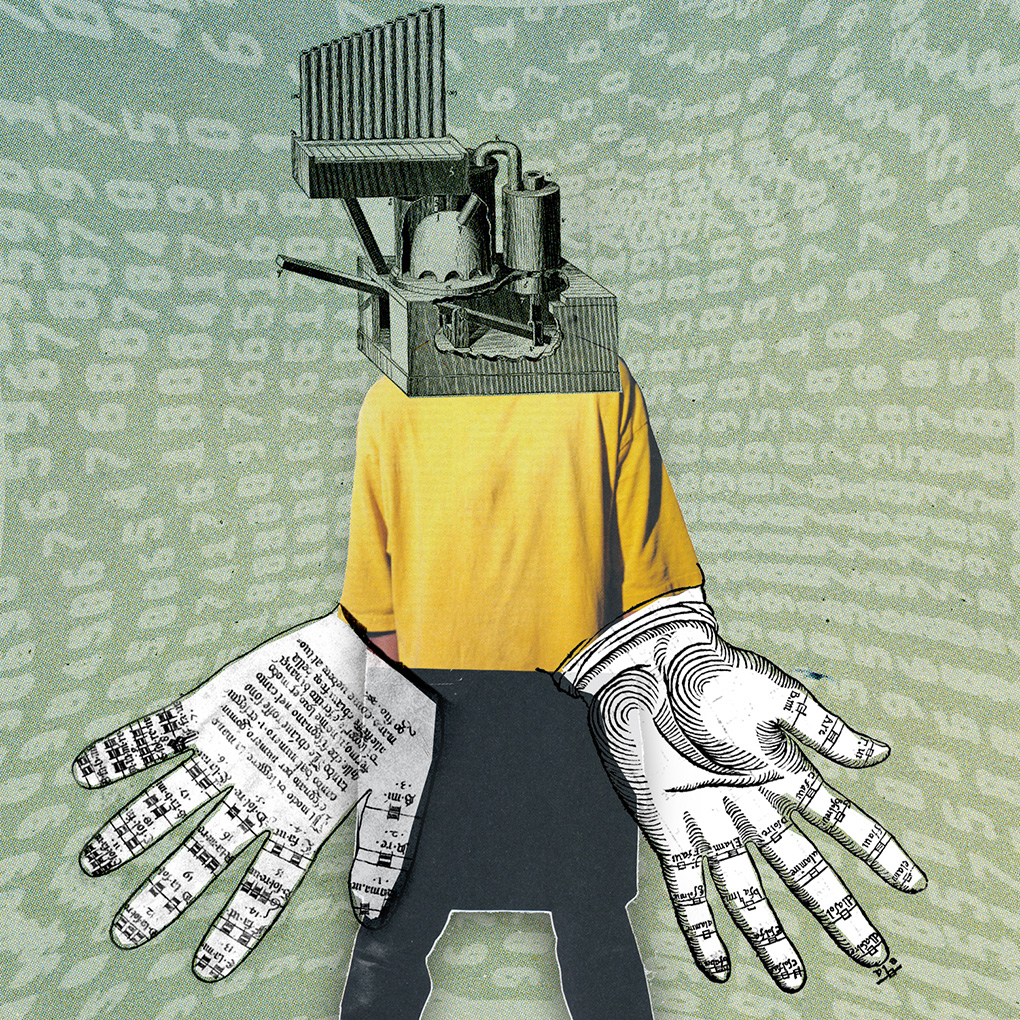
In his “Traité de l’homme,” written in 1632 but not published until 1662, René Descartes primarily addresses the fact that man is like a machine and that his heart functions like an oven. In his view, though originally created by God, man is essentially an apparatus that works independently according to its mechanics. Descartes goes on by relating various physiological processes to automatic movements of particles and chemical conversions. Using a hydraulic model, he compares the nervous system to a network of hollow tubes, filled with liquid. This, in turn, later inspired Breton physician and philosopher de La Mettrie to describe animals and humans as “upright crawling machines”.
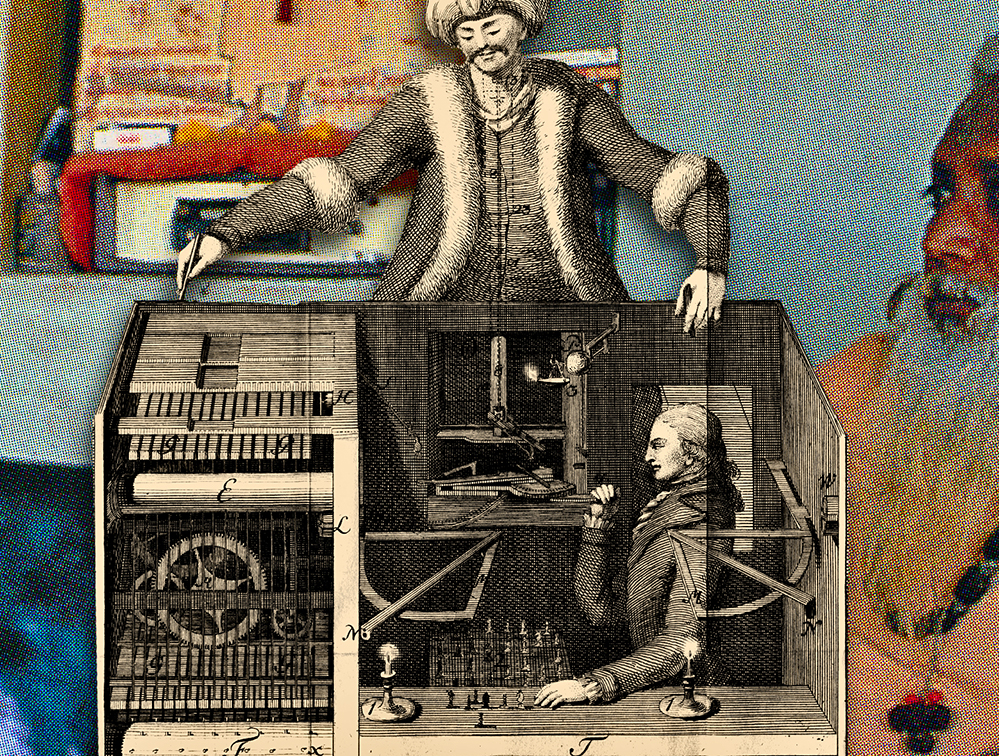
In 1769, Wolfgang von Kempelen, a Hungarian author and inventor, constructed “The Turk” (German: “Der Schachtürke”): An automaton chess player that appeared to play a strong game of chess against human opponents. Von Kempelen managed to give spectators the impression that his “Turk” was actually an autonomous unit, though, in fact, it was merely a mechanical illusion that allowed a human chess master to hide inside the machine. Ironically, this is exactly what happens on a much larger scale today, as countless “micro jobbers” work as what’s essentially “artificial AI”: Performing on-demand tasks for pennies, for example, they correct algorithmically generated captions on websites – by hand. The platform that offers these services is called “Amazon Mechanical Turk,” and the micro workers (crowd workers) are called “Turks”…
The year 1789 and the Napoleonic Code, established in 1804, had profound impact on society: Old laws were scrapped, and as the feudal system was abolished, representation – previously coming with the soundtrack of fancy musical clocks – was no longer exclusive to nobility. The rise of the bourgeoisie began, as did the age of “free enterprise” and “free choice of employment” – coupled, of course, with technical innovations. In Vienna in the 1820s, music boxes were no longer exclusive to an elite group of wealthy aficionados, but also served as entertainment in upscale inns. Even Beethoven praised music boxes, which supposedly intoned contemporary compositions better than many a professional orchestra. Others, however, perceived the ubiquitous automata merely as annoying sources of noise. Music boxes were everywhere, you could find them in mantel clocks, frame clocks, or picture clocks, and that meant the industry was thriving: During the first half of the 19th century, around 40 musical clock manufacturing companies were registered in Vienna alone.
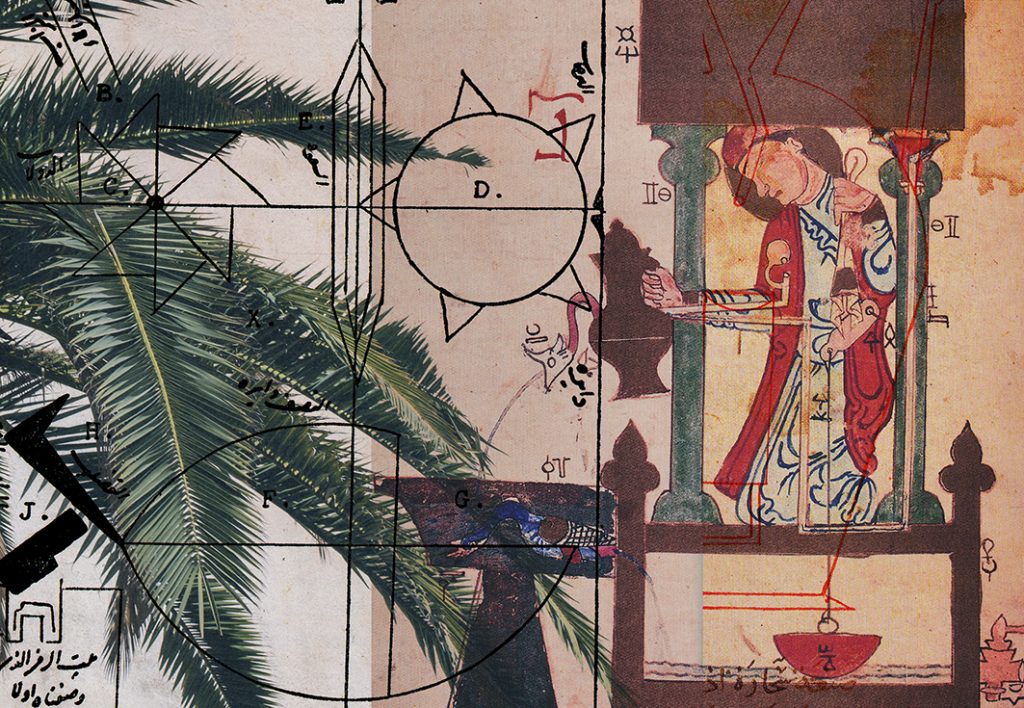
In other parts of the world, mechanical musical instruments were sought-after collectors’ items, for example at royal courts in India. Dating from the late 18th century, the automaton known as “Tipu’s Tiger” shows a tiger attacking an employee of the British East India Company. Complete with sounds and movements matching the blood-stained scene, this early example of musical automata from India should probably be filed under “revenge technology”.
Back in Europe, precious mechanical flute clocks have played a key role in affluent patrician circles since the 16th century. On display in private homes, one could find artisan masterpieces of all sizes, some with up to 82 pipes and three registers. They also came with dancing figures, or mother-of-pearl flower decorations. Luminaries such as Mozart, Bach and Beethoven wrote special pieces for this automated instrument. Accordingly, the musical clock (flute clock) can be regarded as the only rudimentary sound carrier of the era, thus serving as a key source of information on historical performance practice.
ARABIC RENAISSANCE – Banu Musa
A stunning predecessor of Vaucason’s “Flute Player” can be found in the Book of Ingenious Devices, a large, illustrated work on mechanical devices and automata, compiled by the Banu Musa brothers, scholars in Baghdad’s House of Wisdom around the year 900. It describes about 100 astonishing inventions: Kinetic sculptures, automated instruments, and all sorts of machines that operated mainly by water pressure and were often intended for entertainment and pleasure. One of them is an automaton that can not only play the flute, but also record a player’s finger movement via rings with attached strings. The resulting information, recorded on rollers, can in turn be transferred to the machine, which can thus be remote controlled. The collection also contains complex hydraulic setups, and is also known as the Book of Tricks. Focusing on the sun and the moon, the three Persian brothers also published astronomical observations and made some stunning experiments: At one point, they went to a desert in Mesopotamia to measure the length of a degree. The brothers also measured the length of a year quite accurately: 365 days and 6 hours. In total, they published roughly 20 books, most of which are unfortunately lost. An important center for the Graeco-Arabic translation movement, various ancient Greek texts were translated in the House of Wisdom, works that otherwise might have been lost forever in the fire of Alexandria. Accordingly, many of the classical Greek works we’re reading today have actually been translated back from Arabic copies.
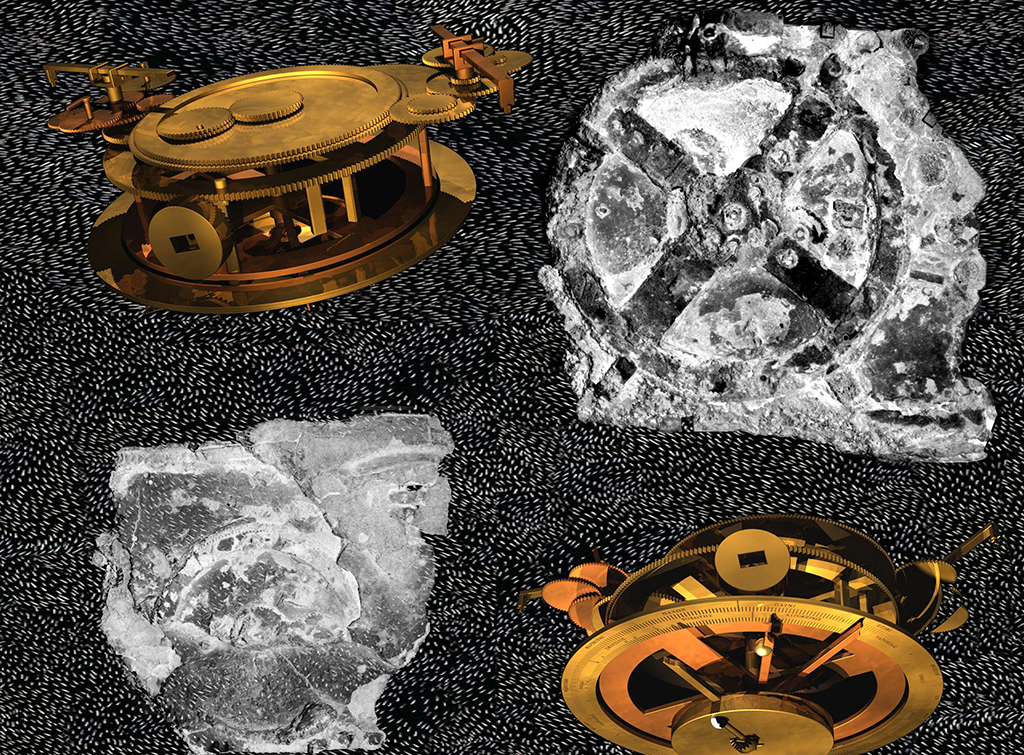
CLASSICAL ANTIQUITY
Said translation movement probably inspired the Banu Musa brothers to focus on machines and automata in the first place. After all, the Greeks had previously invented all kinds of automata, ranging from theatrical machines that allowed actors to appear on stage as “Deus Ex Machina” to clock-like contraptions such as the groundbreaking Antikythera mechanism – one of the most visionary inventions of the time. Retrieved from a shipwreck off the coast of Antikythera in 1901 and identified a year later, scientists weren’t sure about its purpose for a long time, and nowadays it’s considered a pioneering proto-clock: a device used to predict astronomical positions and to track the four-year cycle of the ancient Olympic Games. Hence, it’s often called “the first analogue computer”.
One of the greatest experimenters of antiquity, Hero of Alexandria (ca. 10-70 ad) not only describes theater machines that were able to imitate thunder and rain in his book Automata, but also steam-powered automatic temple doors and programmable kinetic sculptures. Hero’s biggest inspiration was Ctesibius, one of the first inventors and mathematicians, who is mostly known as the inventor of the pipe organ. Combining several rows of pipes that could produce different sounds, Ctesibius worked with foot-powered piston pumps to generate the necessary air pressure. Based on this prototype, Hero later came up with a self-playing instrument that was controlled by water pressure. Dating from roughly the same era, there are also reports about automated organs developed in China during the Han dynasty. Both Ctesibius and Apollonius of Perga came up with descriptions of hydraulic principles during the 2nd century BC, sketching an automated flute player and a water clock – two devices that, in turn, were apparently already known in Egypt around 1,500 BC.

This is the point where, unfortunately, we lose track of “the machine”. However, legend has it that Hephaestus, the Greek god of fire and blacksmiths, already created two automated servants that were made of gold. Unfortunately, there are no official accounts regarding their flute-playing skills…
Text: Marion Wörle and Maciej Śledziecki
Collages: Marion Wörle
We’d like to express our gratitude to Thomas Fiedler for the impulse and Ulrike Näther, Andreas Seim and Klaus Biber at German Museum of Mechanical Musical Instruments in Bruchsal for their ongoing support.
Gefördert durch die Kulturstiftung des Bundes / Funded by the German Federal Cultural Foundation

